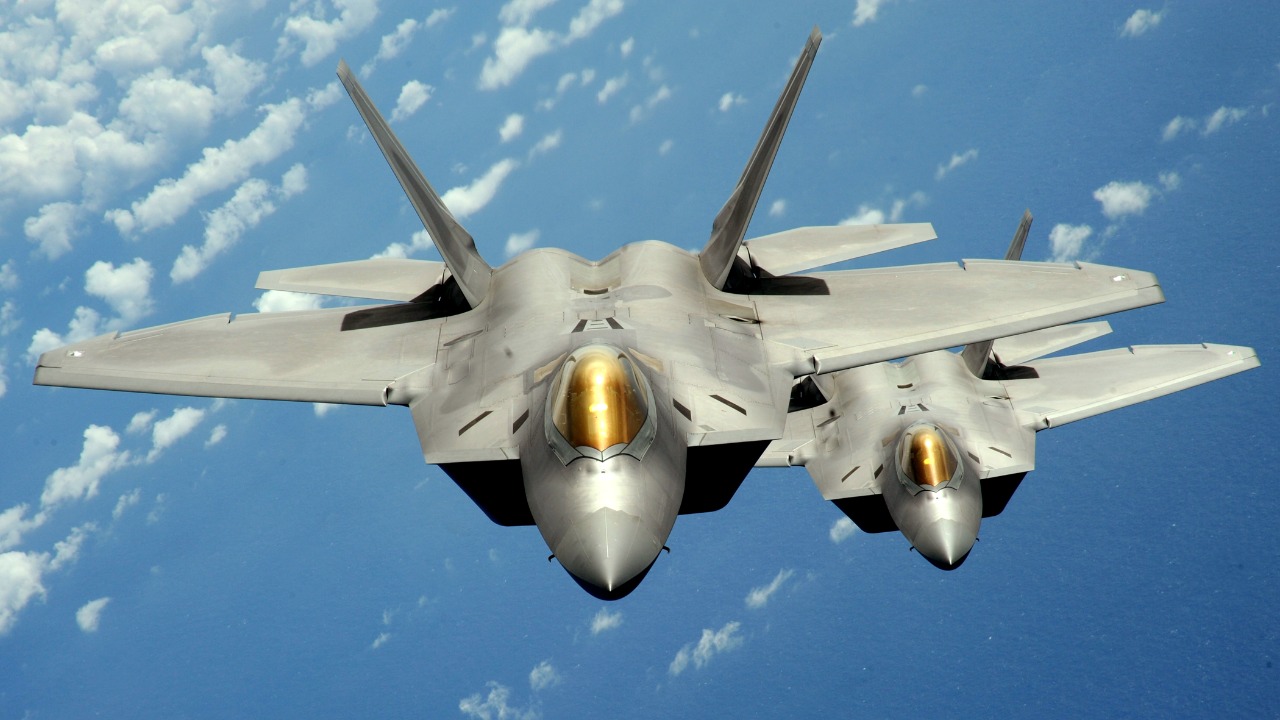
The world of military aviation is a testament to human ingenuity, with fighter jets at the forefront of technological innovation. These airborne marvels are equipped with a range of high-tech features that enhance their performance, stealth, and combat capabilities. Here are ten of the coolest high-tech features ever utilized by fighter jets.
1. Stealth Technology Integration
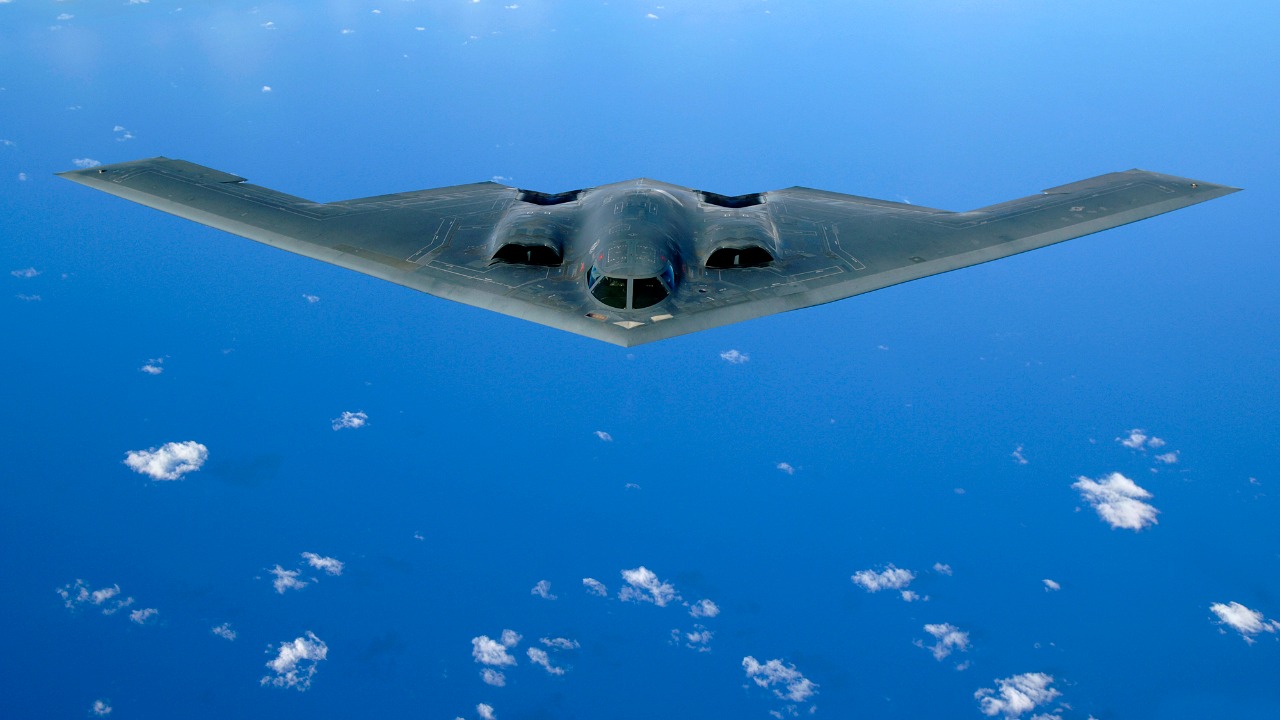
Stealth technology is a crucial aspect of modern fighter jets, enabling them to evade enemy radar and carry out covert operations. This technology involves the use of radar-absorbent materials and unique design features that minimize the aircraft’s radar cross-section. As highlighted in top-10 stealth listings, the integration of stealth technology is a key factor in the effectiveness of modern fighter jets (Eletimes.ai).
2. Supercruise Capability
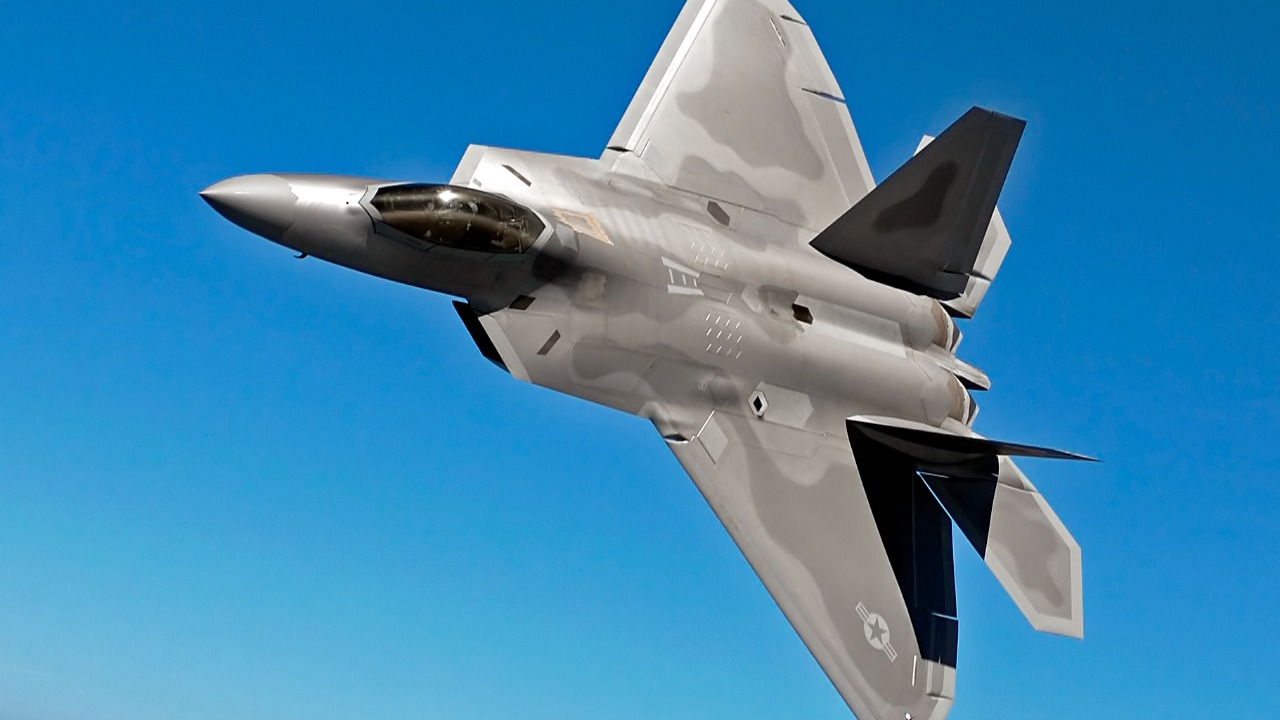
Supercruise capability allows fighter jets to maintain supersonic flight without the use of afterburners, which significantly reduces fuel consumption and increases operational range. This feature is a testament to the power and efficiency of modern jet engines, and it is a key factor in the rankings of the world’s best fighter jets (Vocal.media).
3. Fly-by-Wire Flight Controls
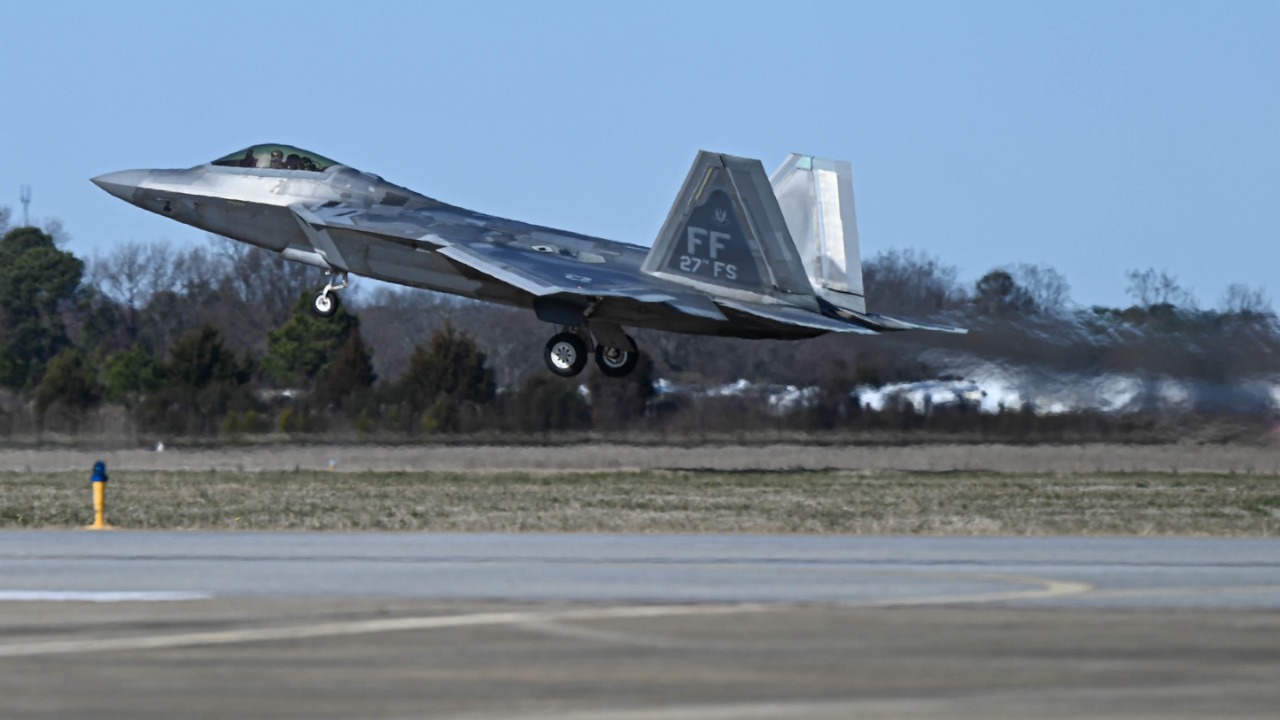
Fly-by-wire flight controls replace traditional manual controls with an electronic interface. This system allows for more precise maneuvers and reduces the pilot’s workload, enhancing the overall performance of the aircraft. Digital flight control systems are a common feature in the top fighter jets of 2025 (Aviationa2z.com).
4. AESA Radar Systems
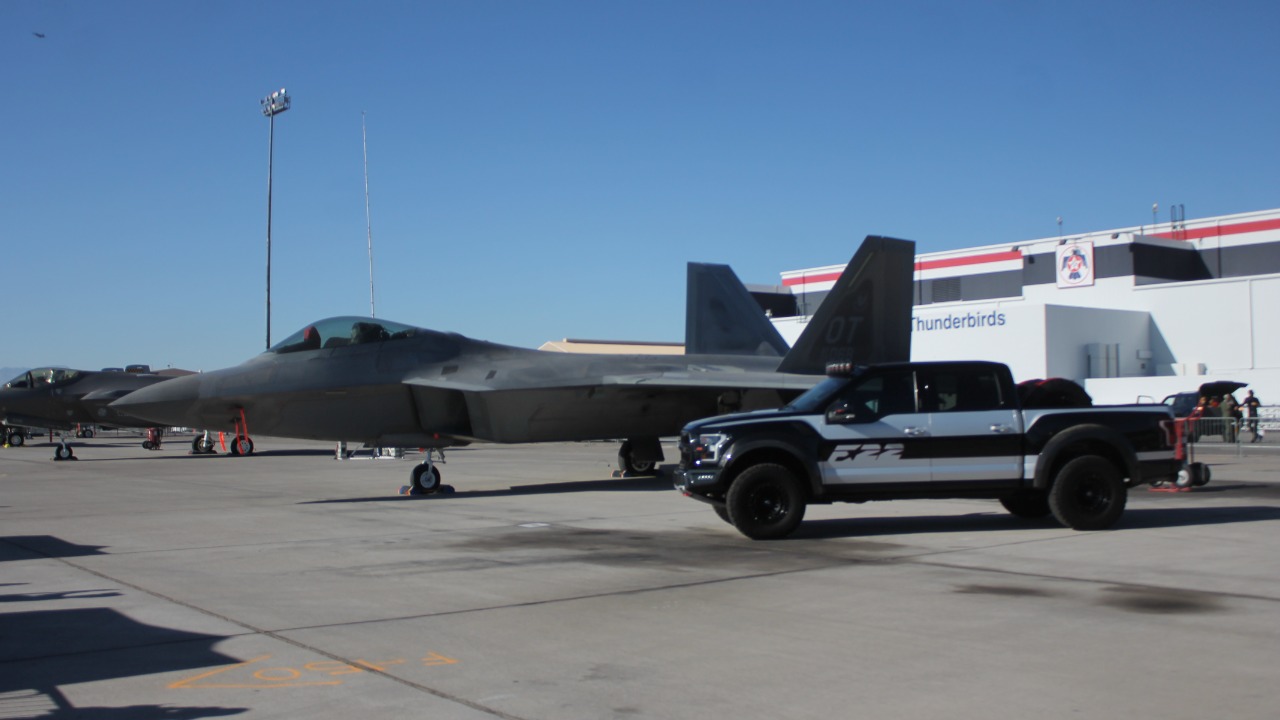
Active Electronically Scanned Array (AESA) radar systems are a significant advancement in radar technology. These systems can track multiple targets simultaneously and are highly resistant to jamming. AESA radar systems are a key feature in the world’s most advanced fighter jets (Tempo.co).
5. Helmet-Mounted Cueing Displays
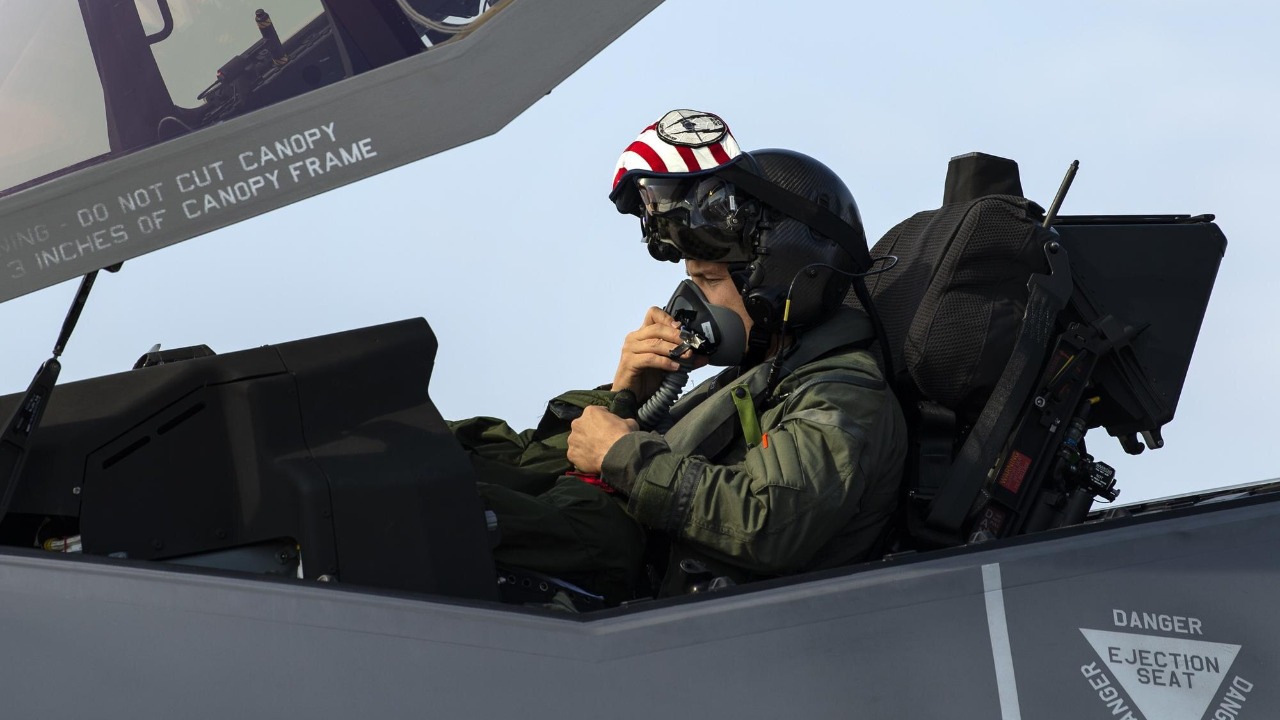
Helmet-mounted cueing displays provide pilots with a 360-degree view of their surroundings, allowing them to target enemies outside their direct line of sight. This technology significantly enhances the pilot’s situational awareness and targeting capabilities. Helmet-mounted displays are a common feature in the most advanced fighter jets (Simpleflying.com).
6. Thrust Vectoring Nozzles
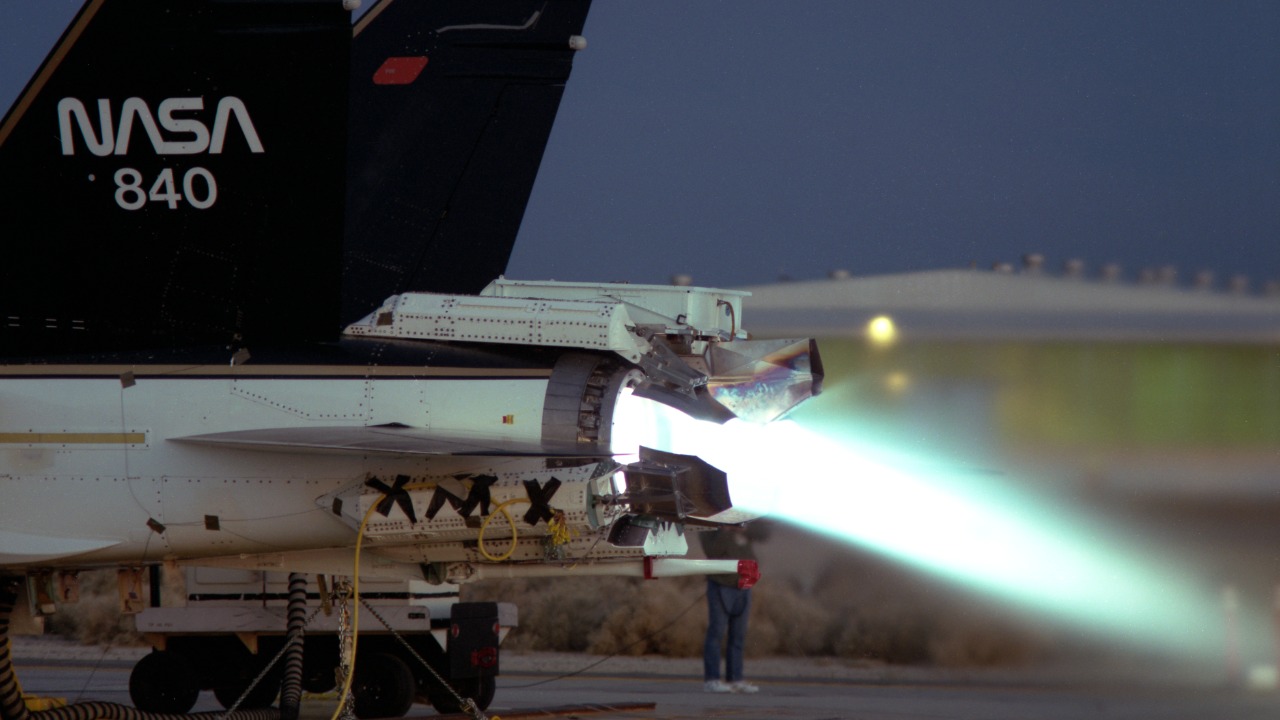
Thrust vectoring nozzles allow for enhanced maneuverability by adjusting the direction of the engine’s thrust. This feature enables fighter jets to perform complex maneuvers that would be impossible with traditional fixed nozzles. Thrust vectoring is a key feature in the top-ranked fighter jets of 2025 (Aviationa2z.com).
7. Infrared Search and Track Sensors
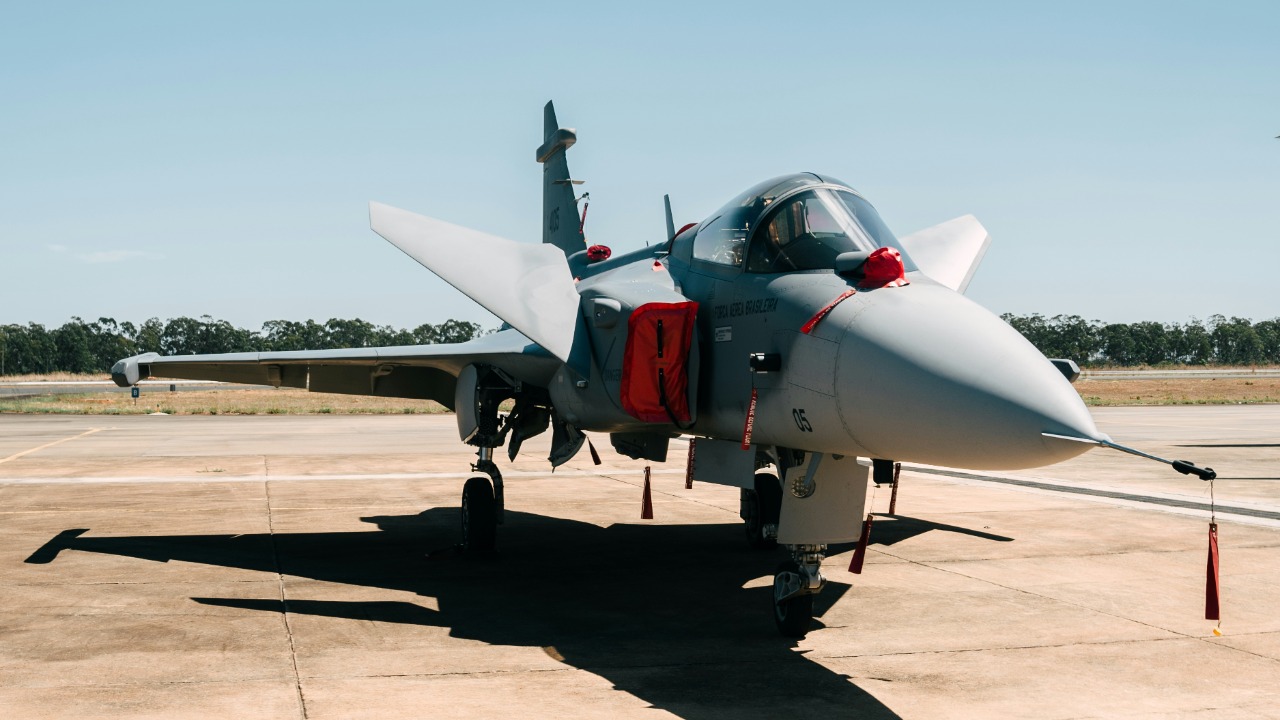
Infrared Search and Track (IRST) sensors provide passive detection of enemy aircraft, allowing for stealthy engagements. Unlike radar, IRST systems do not emit signals and are therefore difficult to detect. This technology is a key feature in the world’s best fighter jets (Vocal.media).
8. Network-Centric Data Links
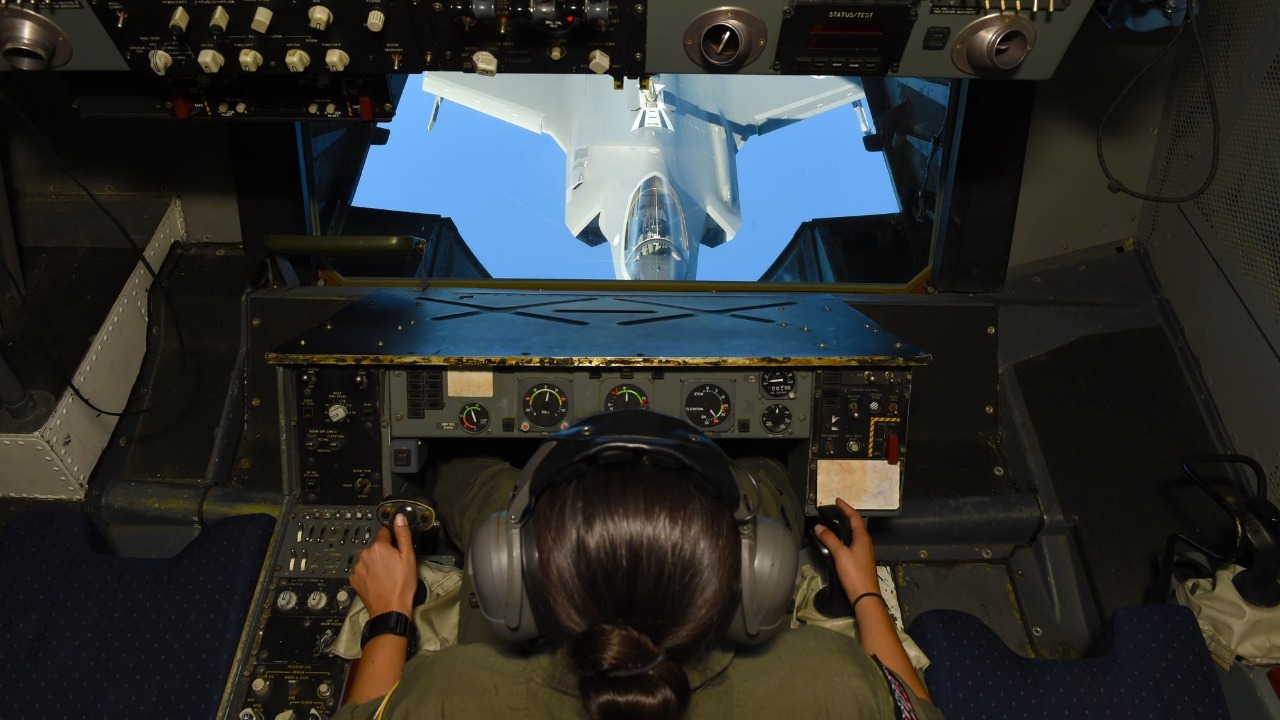
Network-centric data links allow for secure data sharing between multiple aircraft, enabling coordinated operations. This technology is particularly useful in swarm operations, where multiple aircraft operate as a single entity. Network-centric data links are a key feature in the world’s top stealth fighter jets (Eletimes.ai).
9. AI-Assisted Avionics
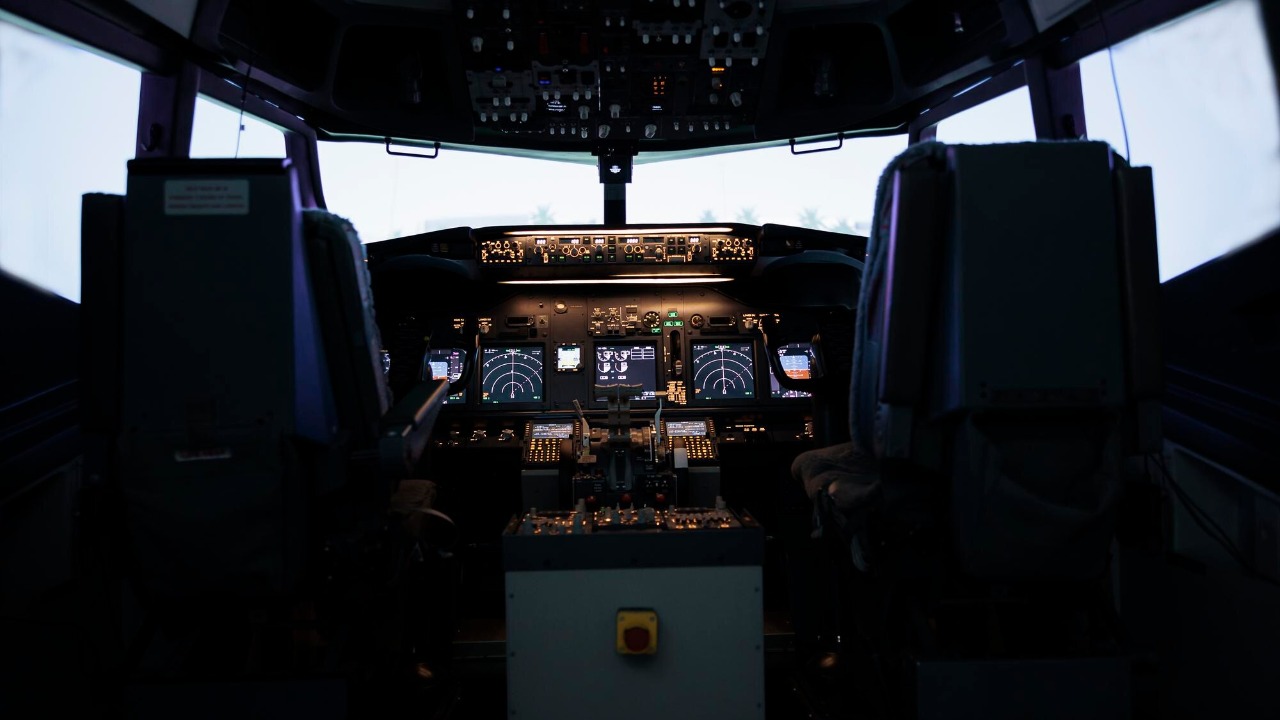
Artificial intelligence is increasingly being integrated into the avionics of modern fighter jets. AI can assist with decision-making, target identification, and system management, reducing the pilot’s workload and enhancing the aircraft’s performance. AI-assisted avionics are a key feature in the world’s most advanced fighter jets (Tempo.co).
10. Drone Integration Interfaces
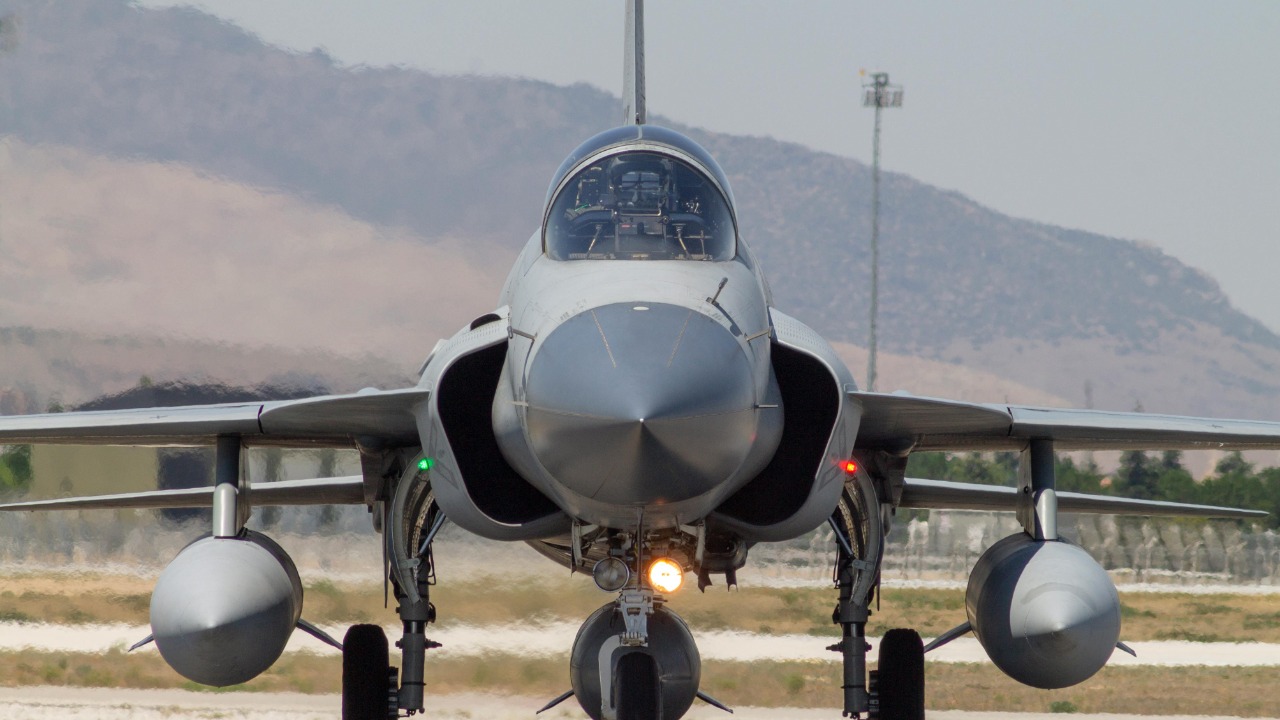
Drone integration interfaces allow manned aircraft to control unmanned drones, enabling collaborative missions. This technology enhances the operational capabilities of fighter jets, allowing them to carry out complex missions without putting the pilot at risk. Drone integration is a key feature in the world’s most advanced fighter jets (Simpleflying.com).